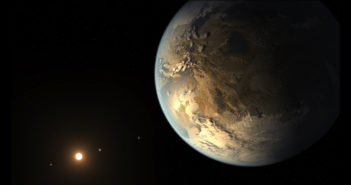
Water World or Land Planet: What Determines Ocean Coverage on Rocky Exoplanets?
Dip your toes into the science of planetary surfaces with today’s article about oceans on water-rich exoplanets.

Dip your toes into the science of planetary surfaces with today’s article about oceans on water-rich exoplanets.

Astrobites reports on how stacking galaxies can help us understand the quenching of star formation early in the universe.

Solar physicists have simulated conditions in and around a solar active region using a particularly high-resolution model of the Sun’s atmosphere for the first time.
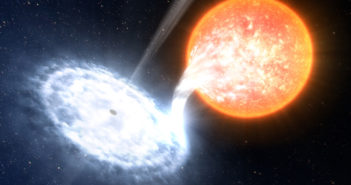
What’s the cause of the new X-ray source MAXI J1848-015 that flared into view for only a few days?

What determines whether a planet orbiting two stars does so in the same plane as the binary system, perpendicular to it, or somewhere in between?
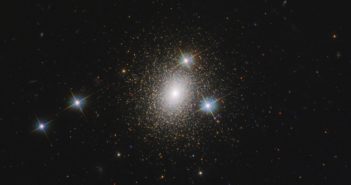
Astobites reports on a possible intermediate-mass black hole discovered in an unusual globular cluster belonging to our galactic neighbor, Andromeda.
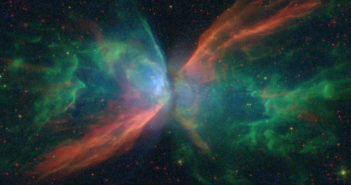
What do new Hubble observations reveal about the young, massive planetary nebula NGC 6302?
![Spinning Halos in the Cosmic Web Galaxy with a big halo [made of dark matter] surrounding it](https://aasnova.org/wp-content/uploads/2022/03/halo-351x185.jpg)
What can studying the spins of galaxies and their associated dark matter halos tell us about cosmology?

Astronomers use an array of radio telescopes to search for the galactic neighbors of some of the brightest objects in the universe.
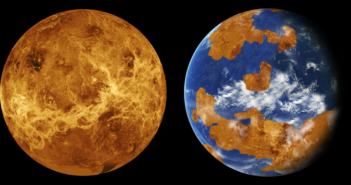
Astrobites reports on models of Venus’s atmosphere that seek to understand whether Earth’s twin could have had expansive oceans in the past.
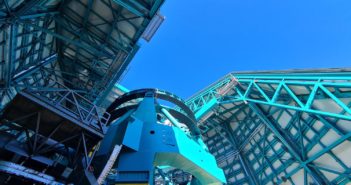
A new focus issue examines the survey strategy for the Vera C. Rubin Observatory’s Legacy Survey of Space and Time.
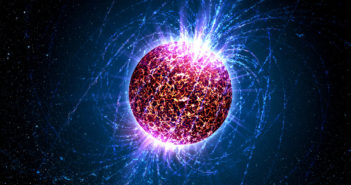
Astronomers have captured submillimeter pulses from a highly magnetized, city-sized stellar remnant for the first time.